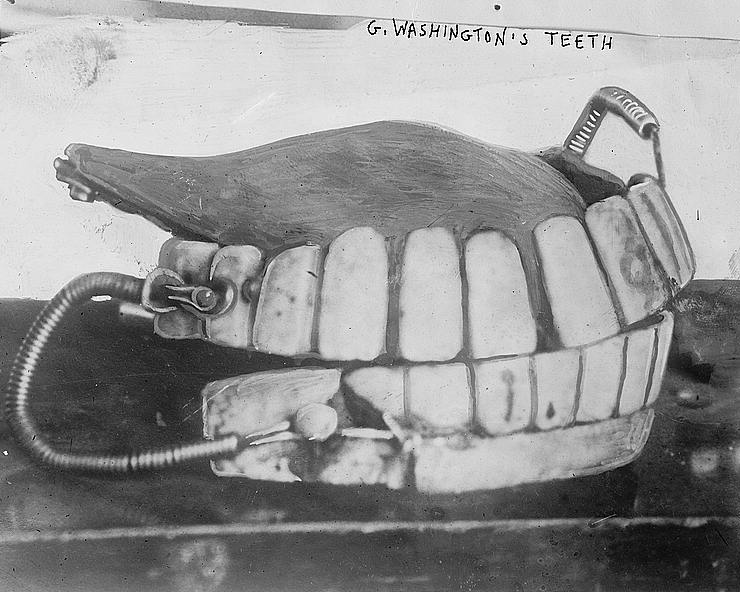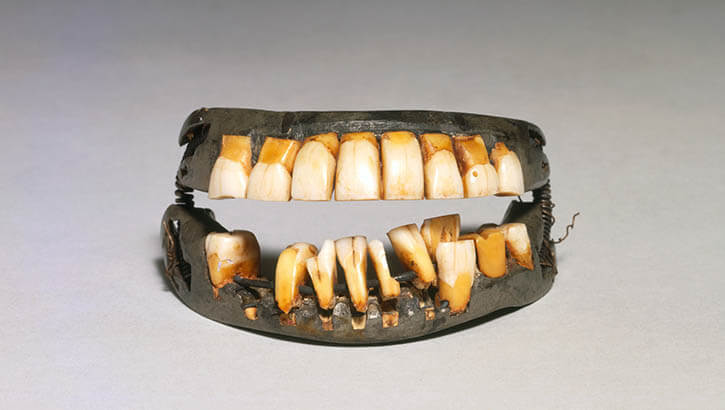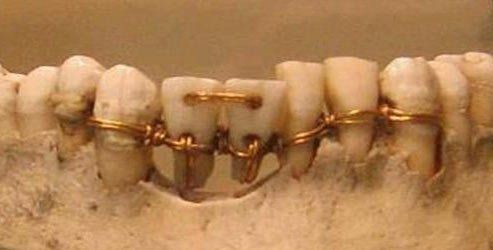A Journey through Time: 14,000 Years of Dentistry and its Evolution
Dentistry, as a practice aimed at maintaining oral health and treating dental problems, has a rich history that spans over 14,000 years. While the exact origins of dentistry are difficult to pinpoint, evidence suggests that tooth extraction and remedies for toothaches likely existed even before that time.
The earliest evidence of dental practices can be traced back to ancient civilizations such as the Indus Valley Civilization in present-day Pakistan and the ancient Egyptians. Archaeological findings from these cultures have uncovered dental tools and evidence of dental procedures dating back to around 7,000 BCE.
In ancient Egypt, for example, medical texts called the Ebers Papyrus and the Edwin Smith Papyrus provided insights into dental practices during that era. These texts documented various dental ailments and treatments, including tooth extractions and the use of herbal remedies for pain relief. Egyptians were known to use gold wire to stabilize loose teeth and even crafted dental bridges made of gold.
The ancient Greeks also made significant contributions to early dentistry. Hippocrates, often referred to as the “Father of Medicine,” wrote extensively on oral health and dental diseases. He advocated for proper oral hygiene, including regular tooth cleaning and the removal of dental deposits. Greek philosophers like Aristotle and Pythagoras also discussed dental topics, recognizing the importance of teeth in the overall well-being of an individual.
During the Roman Empire, dentistry continued to advance. A Roman physician named Aulus Cornelius Celsus wrote about tooth extraction techniques, oral hygiene practices, and even methods for filling cavities. Romans were known to use a mixture of crushed bones, oyster shells, and eggshells as a primitive form of dental filling material.
As time progressed, dentistry evolved further in various cultures. In ancient China, for instance, the Tang Dynasty saw the development of a toothpaste-like substance made from ginseng, herbal mints, and salt. In India, the Ayurvedic tradition introduced herbal remedies for toothache relief and advocated for tongue cleaning as a means of maintaining oral health.
The Middle Ages brought about a decline in dental practices in Europe due to various factors, including superstitions and limited medical knowledge. However, dental care continued to thrive in the Islamic Golden Age, particularly in the Middle East. Arab scholars such as Al-Zahrawi, known as the “Father of Modern Surgery,” made significant contributions to dental techniques, including tooth extraction and the use of dental prosthetics.
Modern dentistry as we know it today began to take shape in the 18th and 19th centuries. The development of anesthesia and advancements in dental materials revolutionized the field. Dental colleges and professional associations were established, and dental techniques and instruments became more standardized.
In the 20th century, dentistry witnessed tremendous progress with the introduction of X-rays, local anesthesia, and the advent of dental implants and orthodontics. The field expanded to include various specialized areas such as oral surgery, periodontics, endodontics, and pediatric dentistry, among others.
Today, dentistry continues to advance with the integration of technology, such as digital imaging, laser dentistry, and computer-aided design and manufacturing (CAD/CAM) systems for dental restorations. Dental professionals focus not only on treating dental diseases but also on preventive care and promoting overall oral health.
From the ancient Egyptians’ use of gold bridges to stabilize teeth to the sophisticated techniques and materials employed in modern dentistry, the field has come a long way over the past 14,000 years. The evolution of dentistry reflects humanity’s continuous efforts to understand and care for one of the most essential aspects of our health—the health of our teeth and gums.
Hits: 12







